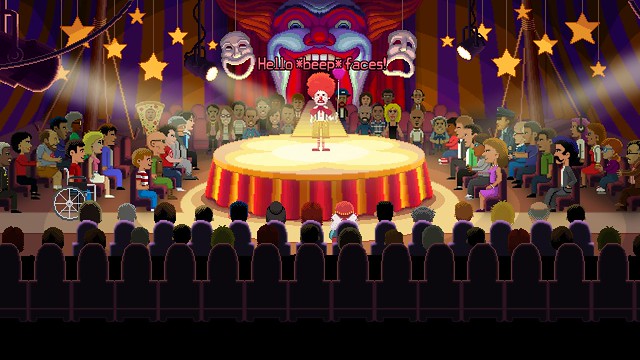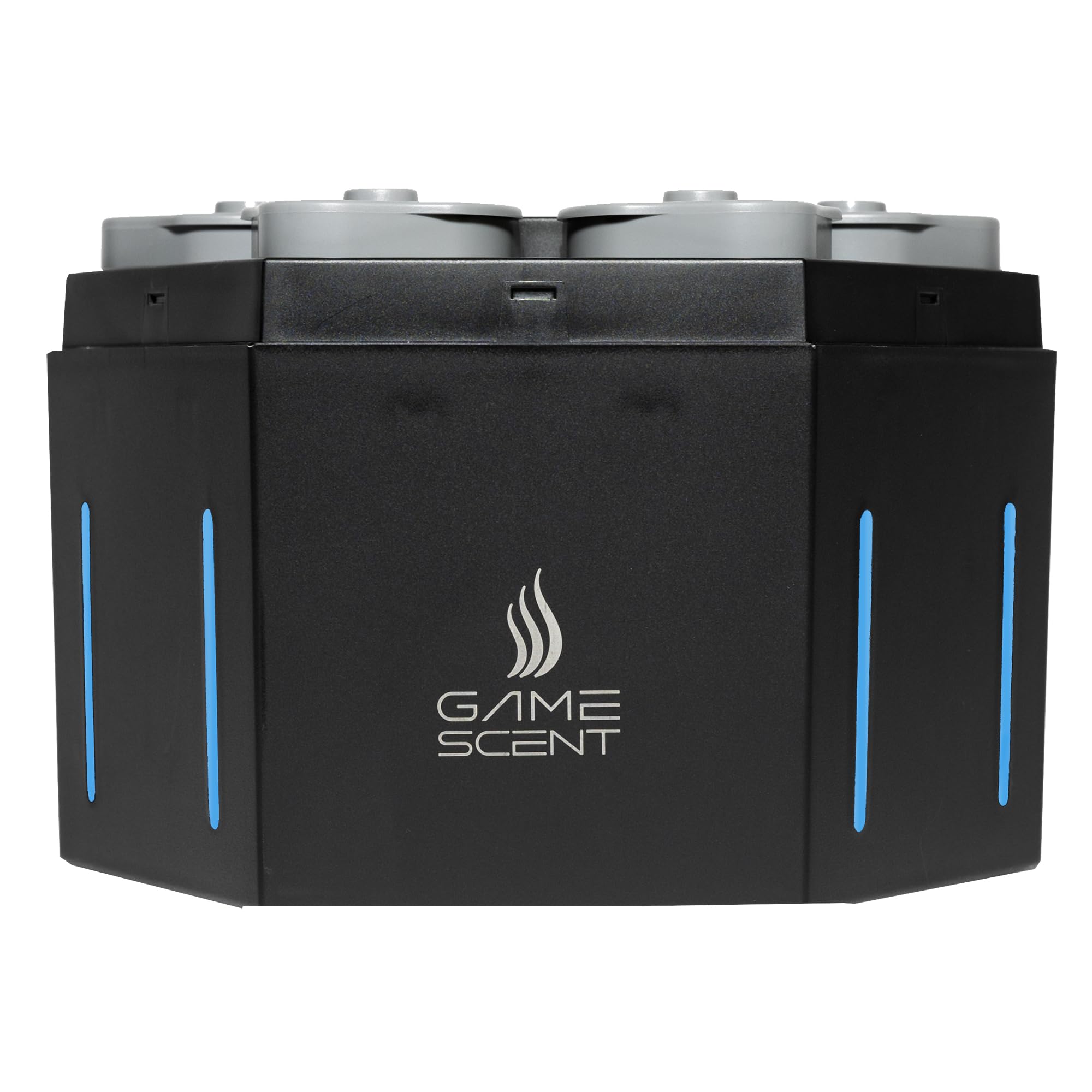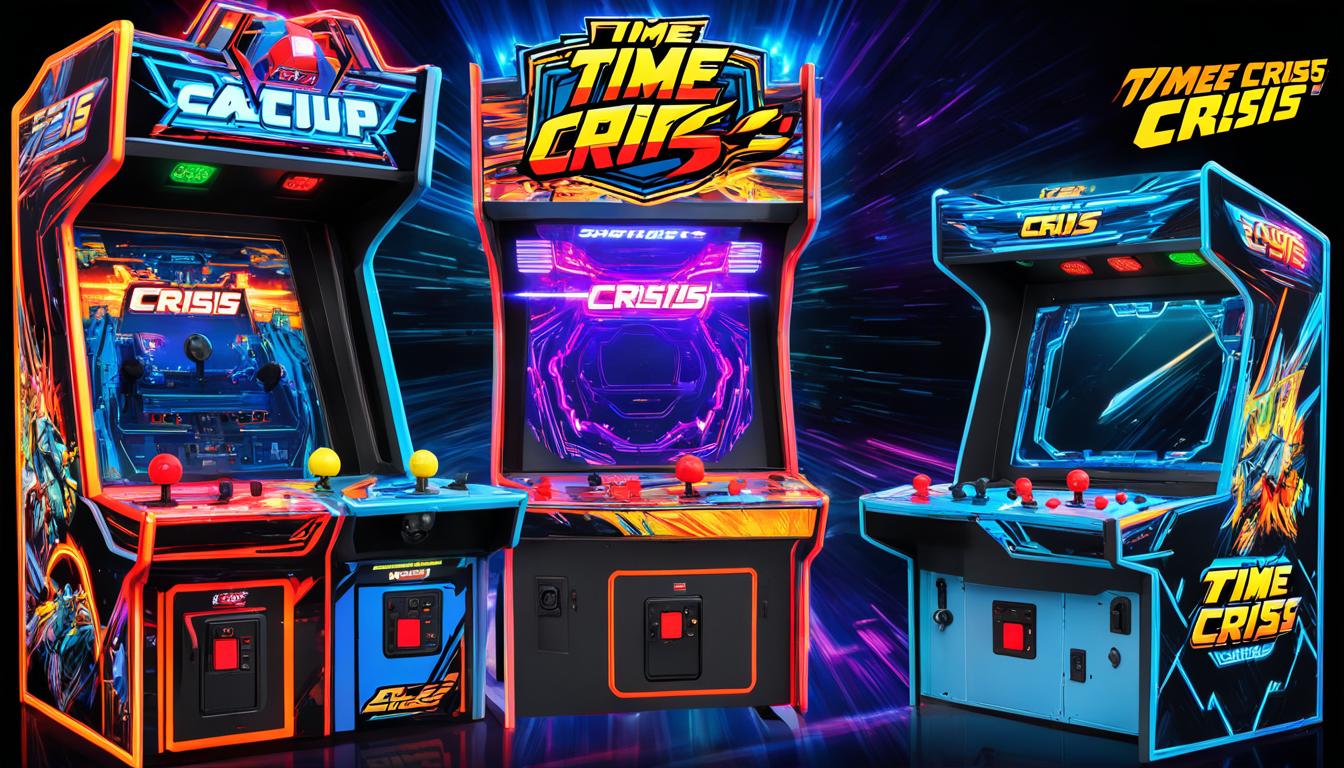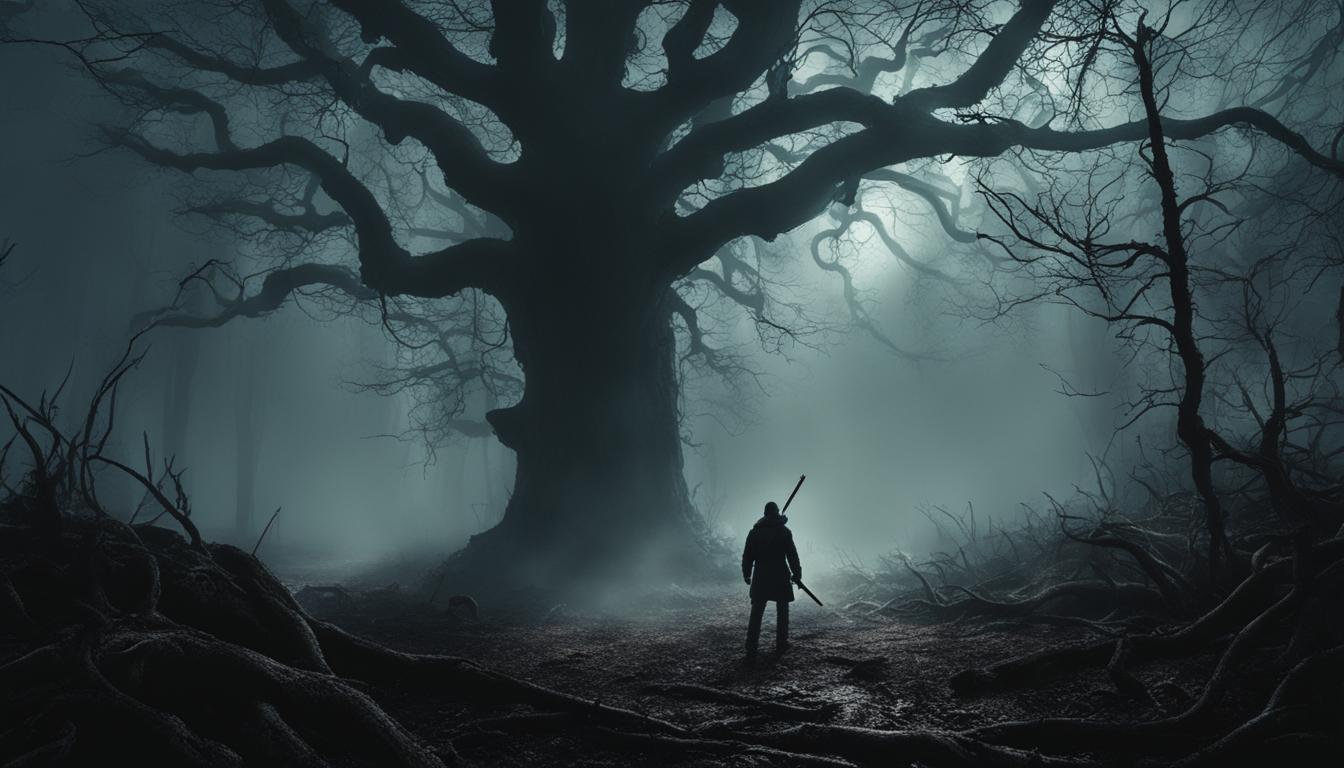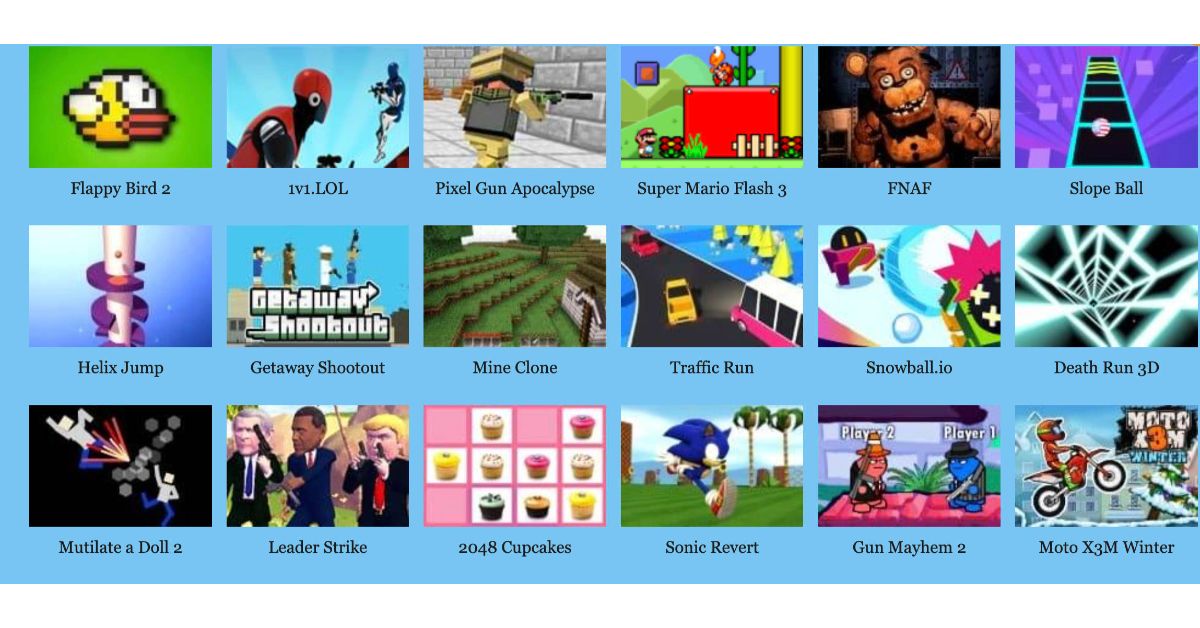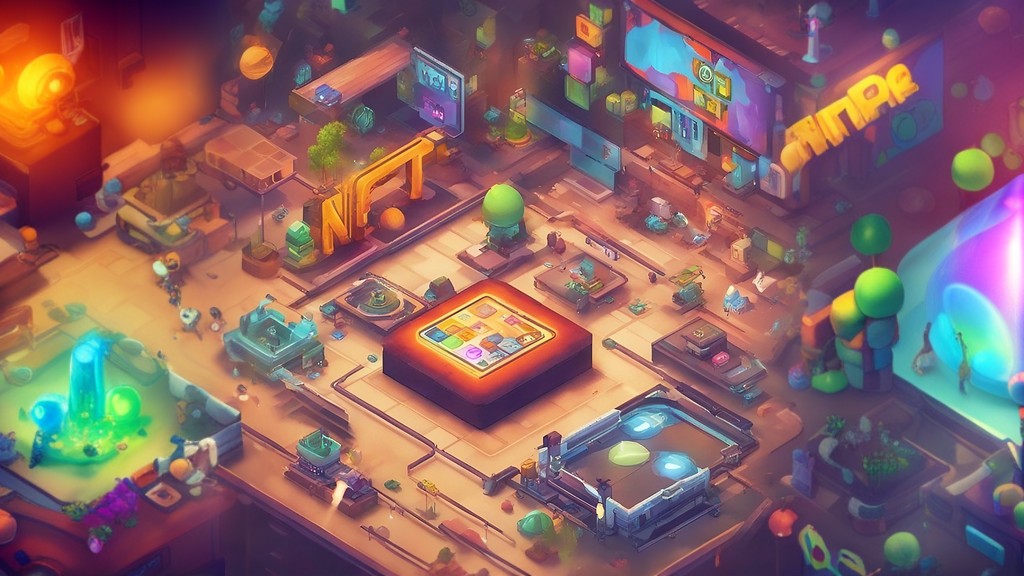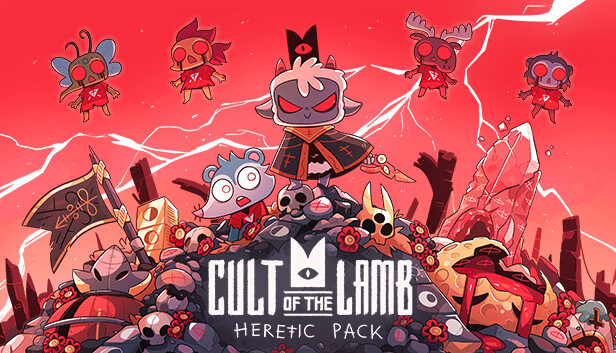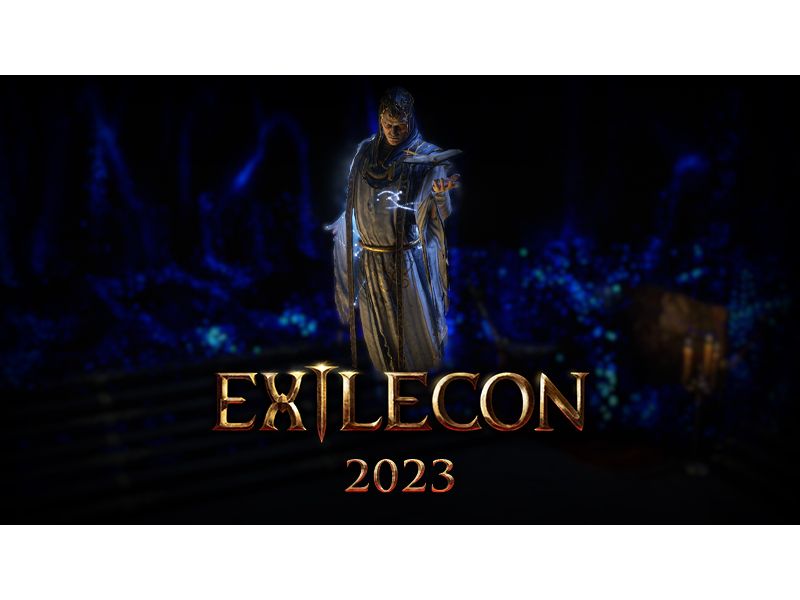[Disclosure: A review copy was provided for the contents of this article]
Making new games in a retro style is all well and good of course, but only if players are able to reconnect with whatever nostalgic feeling it was that led a developer to create that game in the first place. It also helps if modern expectations are managed through appropriate difficulty levels, proper controls and a few of the other features that we’ve all become used to in the past ten or more years. Remembering games of yesteryear is great, but whenever I return to them, I realize just how far technology has moved on.
Thimbleweed Park is a prime example of how to do retro the right way. It is packed full of references, in-jokes and actual mechanics that come straight from games out of the 1980’s, which also happens to be the era in which the game is set. It also looks like an 80’s adventure game, with an obvious visual nod to spiritual predecessors Maniac Mansion and Day of the Tentacle. This should come as no surprise either, because Thimbleweed Park was made by Ron Gilbert and Gary Winnick, both of whom are credited with working on the previously referred LucasArts adventure classics.
Whilst it works hard to remind us of the best of what early adventure games could offer in both humour and challenge, Thimbleweed Park is as sharp and modern as any other title. It features a killer story and a smart script that puts titles with a much bigger budget to shame, and there are numerous moments of genuine laugh out loud comedy genius. It uses a “verb-based” control scheme that is perhaps a bit clunkier than an action wheel (or similar) but the Switch version also features touchscreen controls, and smart mapping of certain actions to certain buttons. Changing characters and finding on screen hotspots is made easy by the shoulder buttons, so any doubts you might have about the retro controls should be easily soothed.
The game itself revolves heavily around the story of the titular location and the wacky collection of both playable characters and NPC’s that inhabit it. After a brief prologue, players begin the game proper with control of Reyes and Ray, an unsuited pair of Federal Agents that are clearly intended to riff on Mulder and Scully. The unlikely duo are sent to investigate a mysterious murder, and before long the game becomes a clear work of intriguing science fiction set in a town that resembles Twin Peaks, with nothing as it seems and no one offering up entirely straightforward answers for what motivates them.
The story takes place from the perspective of six playable characters, each of whom has their own story, their own dialogue and their own particular quirks. I’m going to avoid giving any spoilers here, but each is unique and interesting, ranging from fed-up FBI Agent Ray to the aspiring Game Developer Delores, not to mention her, erm, somewhat challenged Uncle Chuck. As I said before, nothing is as it seems in Thimbleweed Park, and even the seemingly straightest of characters has a secret agenda or two that you’re unlikely to see coming until the wheels are well and truly in motion.
Whilst the script and story will give you a reason to keep pressing on, the inventive location and inventory puzzles help to make it enjoyable. Thimbleweed Park is Gilbert at his best, mixing modern era technologies with outlandish ACME-inc style inventions, as well as a host of period jokes that only some percentage of the audience will truly understand. Everything from “ultra-fast” dial up modems to 3D printers feature in some way, as do ridiculous contraptions for matching fingerprints, blood and faces. Although we know so many of these things didn’t really exist in the 80’s, Thimbleweed Park has a way of making them completely believable simply because of the nutty setting in which the whole game takes place.
Some puzzles are – shock/horror – actually hard, and require the player to have a basic grasp of science, physics or just common sense. Often, the game will provide sufficient clues within dialogue or written text, but as with any decent point and click adventure, the answer won’t always spring out at you. To address this, a patch was introduced in other versions (and features in the Switch version from the start) that enables players to call a hints and tips line for assistance, which is nice when you’re on a flight (for example) without access to an internet walkthrough. There are also two modes of difficulty, the easier of which skips entire scenes of gameplay, so my advice is to go directly to the harder of the two.
I really enjoyed Thimbleweed Park, and I’m glad I waited for the Nintendo Switch version. I have no doubt that every release of this game is equally competent, but I particularly liked playing on the move, and the stylised pixelation appears at its best to me on the smaller Switch screen. I also liked the feeling of solving puzzles on the move, where I could immerse myself fully into the experience and enjoy the interlinking jokes that run through the plot, the script and the world itself. If you’re in the market for a point and click adventure, then look no further – Thimbleweed Park deserves to join peers like Maniac Mansion, Monkey Island and Day of the Tentacle, and therefore, you should:

